Name Hi Jolly | ||
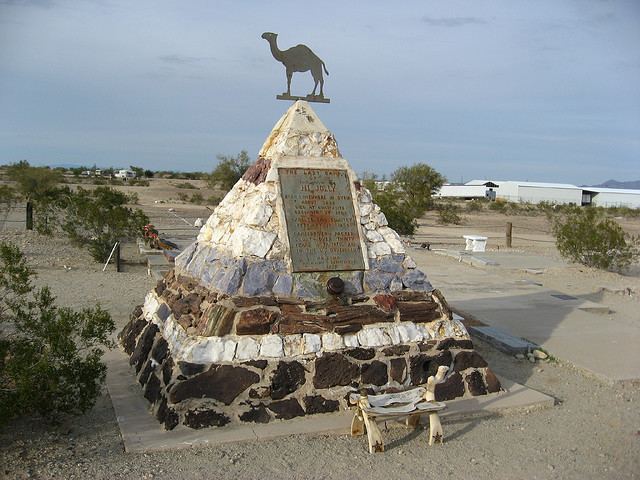 | ||
Died December 16, 1902, Arizona, United States | ||
the old quartzsite's yacht clubs hi jolly "the camel driver" song
Hi Jolly or Hadji Ali (Arabic: حاج علي Ḥājj ‘Alī; Turkish: Hacı Ali), later known as Philip Tedro (born ‘Ali al-Hajaya c. 1828 – December 16, 1902), was an Ottoman subject of Syrian and Greek parentage, and in 1856 became one of the first camel drivers ever hired by the US Army to lead the camel driver experiment in the Southwest. Hi Jolly became a living legend until his death in Arizona. Once, insulted because he had not been invited to a German picnic in Los Angeles, he broke up the gathering by driving into it on a yellow cart pulled by two of his pet camels.
Contents
- the old quartzsites yacht clubs hi jolly the camel driver song
- Hi jolly cemetery in the town of quartzsite arizona pioneer war hero cemetery
- Biography
- Gravesite and monument
- Legacy
- References

Hi jolly cemetery in the town of quartzsite arizona pioneer war hero cemetery
Biography
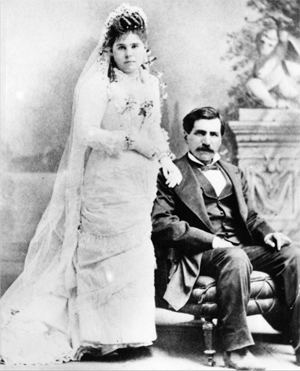
He was born as Philip Tedro in Smyrna around 1828, to a Greek mother and a Syrian father who was a Christian Arab. As a young adult, he converted to Islam. After going to Mecca to perform the Hajj, he called himself Hadji Ali. He reverted to Philip Tedro in later life.
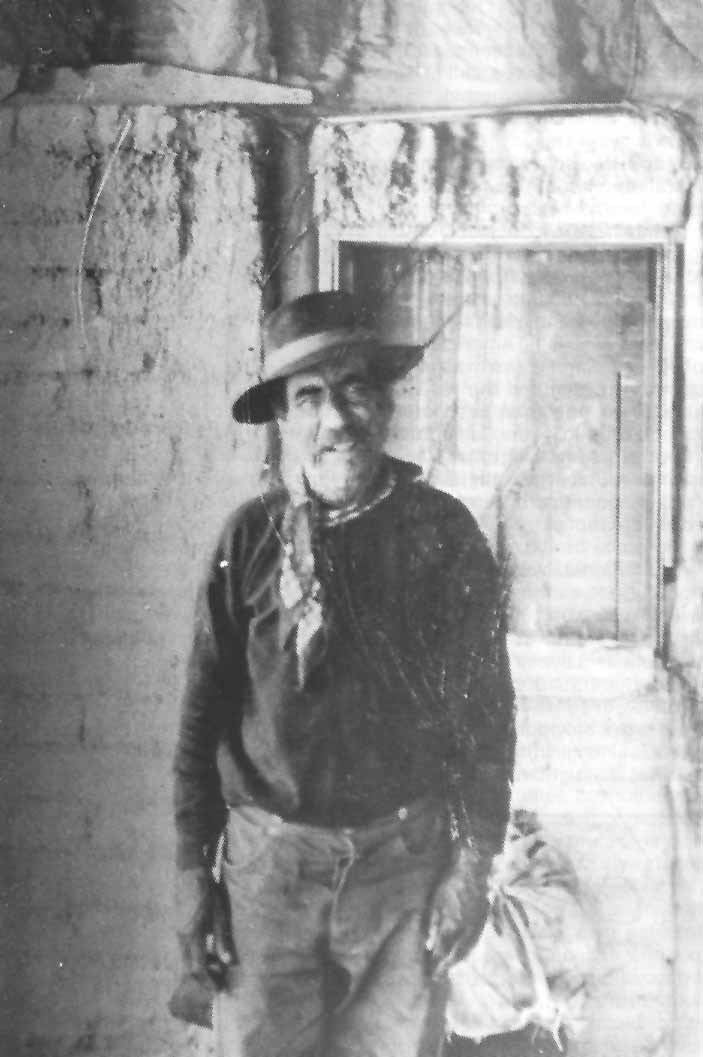
An Ottoman Turkish citizen of Greater Syria, Hadji Ali worked as a camel breeder and trainer. He served with the French Army in Algiers before signing on as a camel driver for the US Army in 1856.
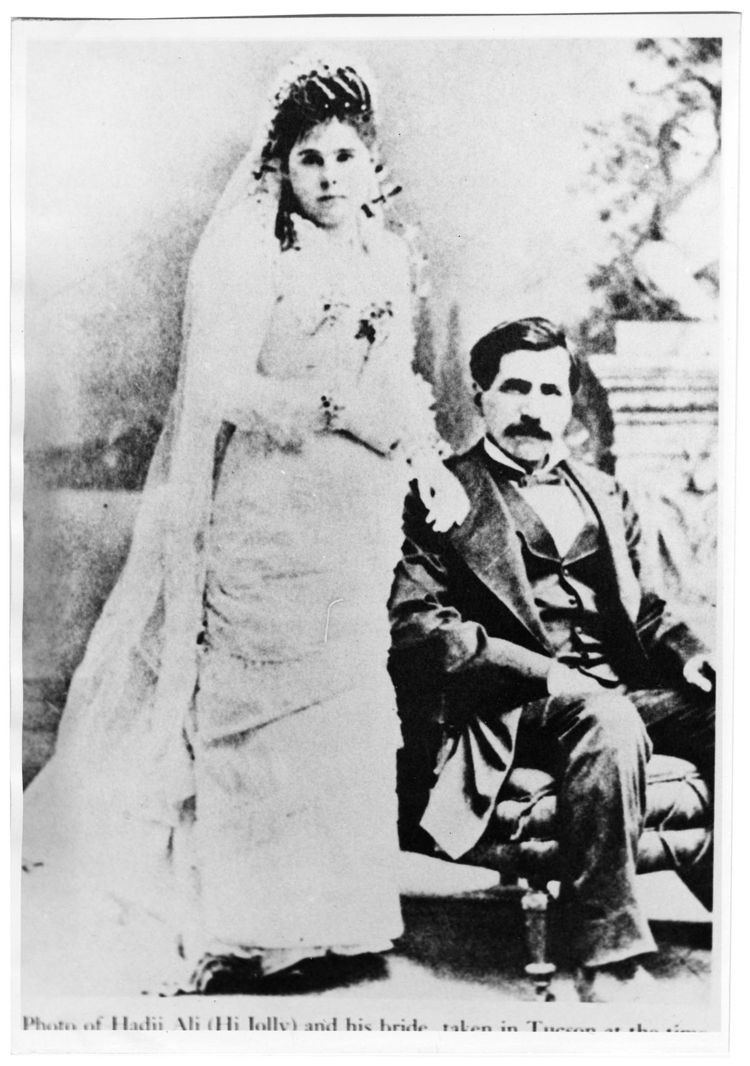
Ali was one of several men hired by the United States Army to introduce camels as beasts of burden to transport cargo across the "Great American Desert." Eight of the men, including Ali, were of Greek origin. They arrived at the Port of Indianola in Calhoun County, Texas on the USS Supply. The book Go West Greek George by Steven Dean Pastis, published in both Greek and English, specifically identifies all eight men. These pioneers were Yiorgos Caralambo (later known as Greek George), Hadji Ali (Hi Jolly, a.k.a. Philip Tedro), Mimico Teodora (Mico), Hadjiatis Yannaco (Long Tom), Anastasio Coralli (Short Tom), Michelo Georgios, Yanni Iliato, and Giorgios Costi. The Americans acquired three camels in Tunis, nine in Egypt and 21 in Smyrna, 33 in all. Ali was the lead camel driver during the US Army's experiment with the U.S. Camel Corps in using camels in the dry deserts of the Southwest. After successfully traveling round trip from Texas to California, the experiment failed, partly due to the problem that the Army's burros, horses, and mules feared the large animals, often panicking, and the tensions of the American Civil War led to Congress not approving more funds for the Corps. In 1864, the camels were finally auctioned off in Benicia, California, and Camp Verde, Texas. Ali was discharged from the Quartermaster Department of the U.S. Army at Camp McDowell in 1870.
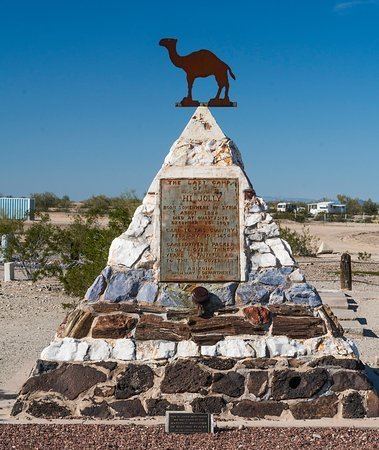
He next ran a freight service between the Colorado River and the mining establishments further east, using the few camels he had purchased. His business was unsuccessful, however, and he released his camels into the desert near Gila Bend. He became an American citizen in 1880, and he used his birth name of Philip Tedro (sometimes spelled Teadrow) when he married Gertrudis Serna in Tucson, Arizona. They had two children. In 1885, Ali was again hired by the U.S. Army in Arizona, and worked with pack mules for Brig. Gen. George Crook during the Geronimo campaign.

In his final years, Ali moved to Quartzsite, Arizona, where he mined and occasionally scouted for the US government. He died in 1902 and was buried in the Quartzsite Cemetery.
Gravesite and monument

In 1935, Arizona Governor Benjamin Moeur dedicated a monument to Hadji Ali and the Camel Corps in the Quartzsite Cemetery. The monument, located at his gravesite, is a pyramid built from local stones and topped with a copper camel. The monument is the most visited location in Quartzsite.
The plaque on the monument reads:
Legacy
The folk song "Hi Jolly" is based on Hadji Ali's exploits. The 1954 movie Southwest Passage was largely based on this camel experiment. The 1976 movie Hawmps! was also loosely based on this camel experiment.
